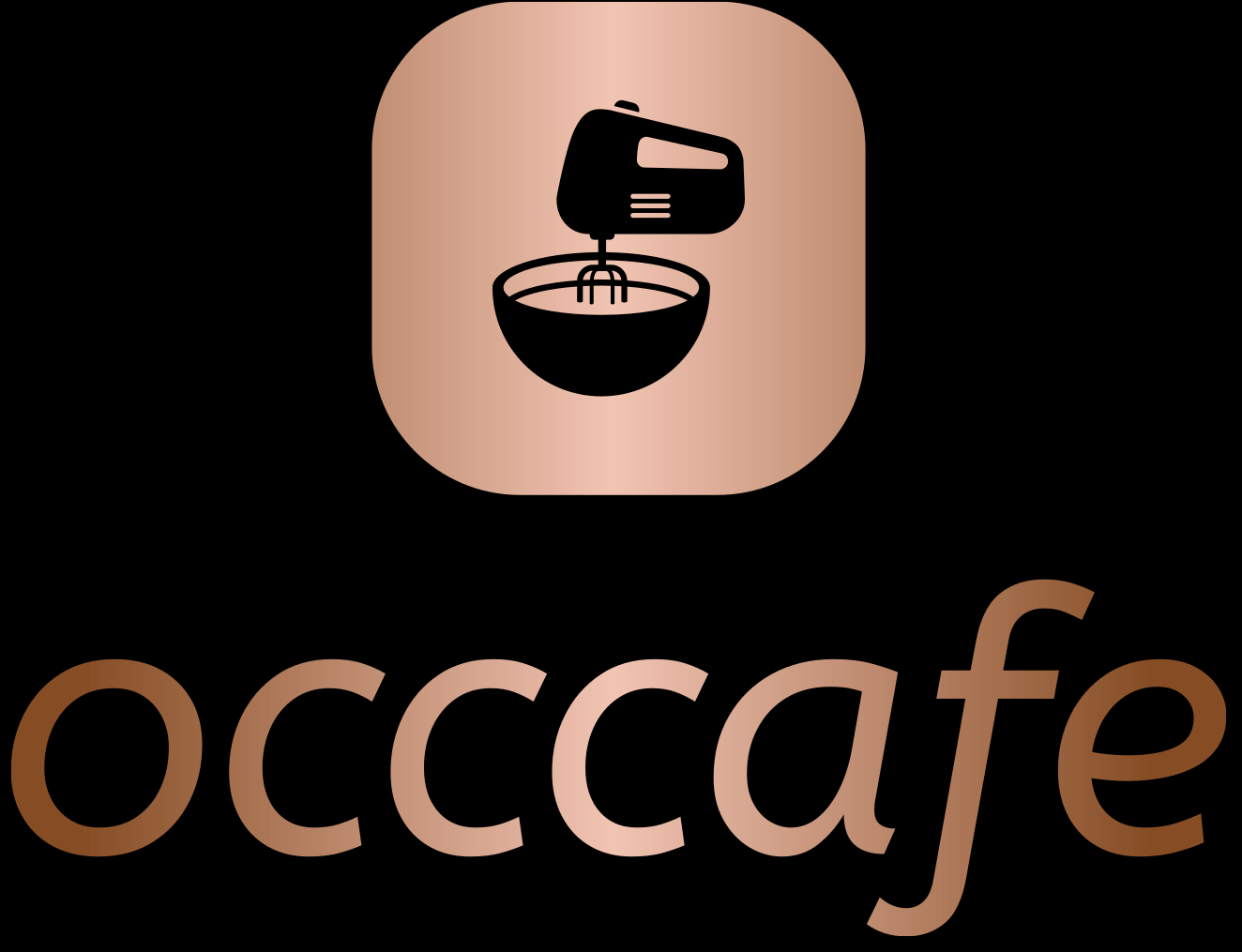Introduction
The $677,777 Bicentennial Quarter is a fine example of the exciting rare coin collecting world. This marvelous piece was minted in 1976 to celebrate America’s 200th anniversary. Its unique features and astronomical value attracted the attention of numismatists and collectors across the globe.
We discuss in this article an interesting story related to that quarter and six others valued over $87,777 today in the market. Every one of these numismatics has a story to it: history over a couple of centuries; error during the minting and the ability to produce only single copies; circumstance in which a small quantity can be produced; feature or combination of features making it unique compared to any other coin.
Whether you are an experienced coin collector or simply curious about what makes a special piece valuable, this course of study will reveal particular attributes that make these collectibles highly sought after. Professional grading standards, as well as market valuations, will be discussed, plus key elements that turn commonplace pocket change into remarkable investments.
The $677,777 Bicentennial Quarter

The 1976 Bicentennial Quarter is a unique coin to commemorate America’s 200th birthday. It features a colonial drummer printed on the back instead of the eagle featured on regular quarters. They were minted by the U.S. Mint and have a “D” for minted in Denver or an “S” for those minted in San Francisco.
A Surprising Discovery
Recently, collectors found a discovery, which astonished all: an error-no mint mark-on the Bicentennial Quarter. The mistake turned out to be one of the most precious quarters ever with a valuation of $677,777. It gives an idea that something out of routine occurred at the Philadelphia Mint where the Bicentennial Quarters are issued and carry the “P” marking.
What Makes This Coin Valuable?
The reasons why the coin can fetch such a great price value include:
- Uniqueness Error: Mint mark was absent.
- Historical Significance: Bicentennial of America
- Extremely Rare: Very few known to exist
- Authentication: Graded by professional grading services
Minting Errors and Their Impact on Value
Mistakes during minting give the coins distinct features that turn them into treasure. They happen at the minting process of coins, therefore creating various features like the following ones;
- Double Dies: Impression of the same design
- Off-Center Strikes: The design does not align in the center of the coin
- Wrong Planchets: Using the wrong type of metal blanks
- Missing Elements: Mint marks and dates are missing
Professional grading services, such as PCGS and NGC, are important in the authentication and grading of these errors. Their grading scale runs from 1 to 70, with 70 representing a perfect specimen. The agencies examine:
- Surface preservation
- Strike quality
- Luster retention
- Authenticity of error
A professional-grade certificate issued by these institutions can increase the market value of a coin by 50% to 100%. These third party certifications, especially for error coins, are considered essential evidence for collectors before investing in an error coin.
The rareness of the minting error also increases the market value. Common errors may add very little value; however, major mistakes such as the Bicentennial Quarter with the missing mint mark can make the six-figure valuations possible.
Six Additional Coins Worth Over $87,777
Rare coins have great stories and historical value. They are what attract the collector. The following six quarters are outstanding in value. They begin with the 1932-S Washington Quarter.
1. 1932-S Washington Quarter
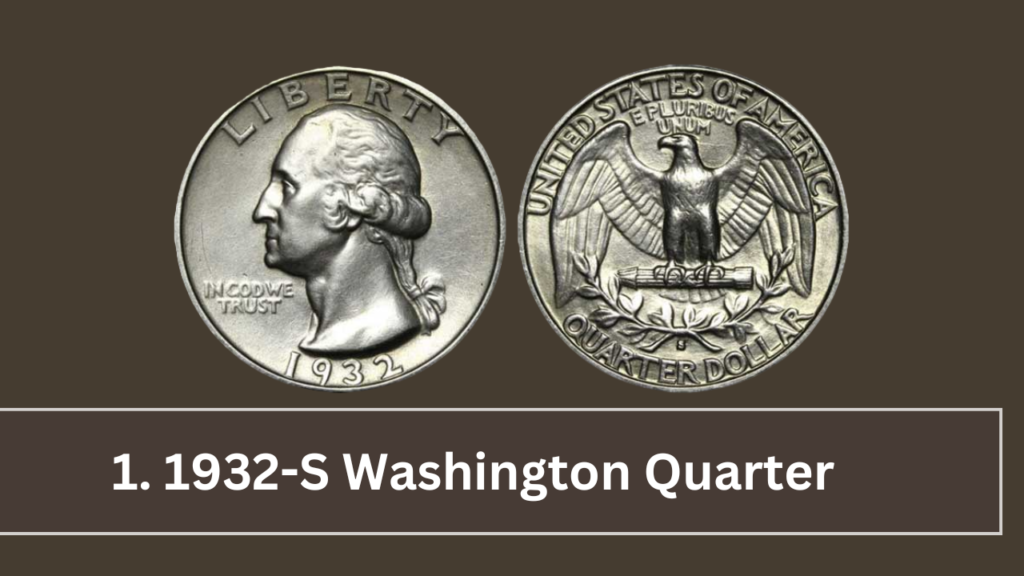
The 1932-S Washington Quarter is one of the most exceptional pieces of numismatic brilliance. It was minted at the San Francisco facility. Only 408,000 pieces were minted. This created an instant rarity in the coin collecting world.
Key Characteristics:
- Distinctive “S” mint mark below the eagle
- Good strike detail on George Washington’s hair
- Deep, original rim details in high-grade pieces
Coin Price: In the market, a coin graded MS-65 or better sells between $88,000 and $195,000. To grade this piece, professional coin graders examine for the following:
- Original luster present
- Almost negligible contact marks
- Good design element sharpness
- Clean fields with no significant marks.
Results of recent auctions indicate increased demand from serious collectors who are willing to spend extra money for examples having flawless surfaces and original mint bloom. The highest price reached was $143,750 for an MS-66 specimen, which was the most valuable Washington Quarter.
For one thing, it’s a historical quarter, and this is the first year of the Washington Quarter series. It is marked by the San Francisco mint, making it a quite desirable coin and really kind of a cornerstone piece for that advanced numismatic collection.
2. 1943 Copper Wheat Penny
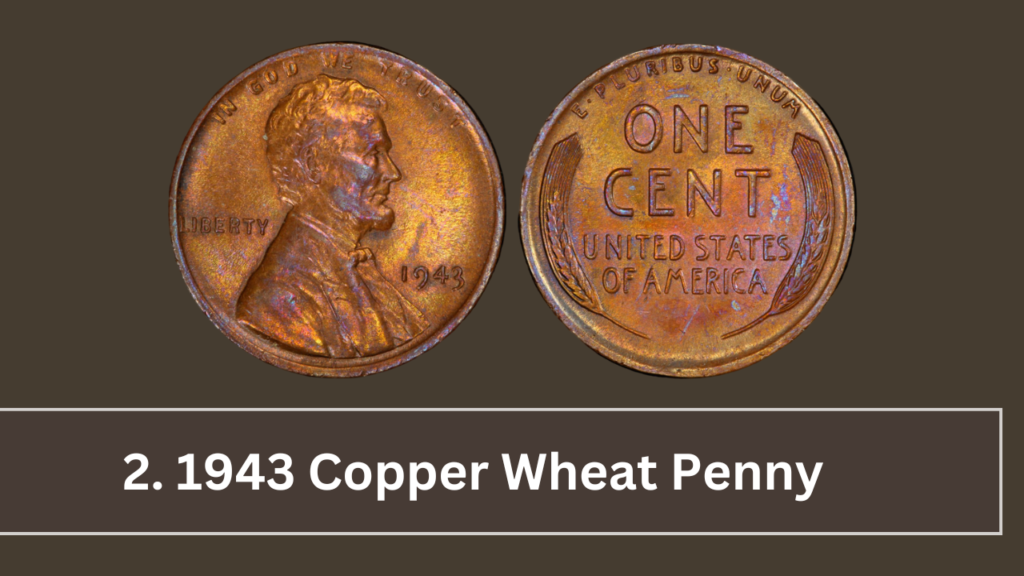
One of the most intriguing errors in coin collecting history is the 1943 Copper Wheat Penny. In World War II, the U.S. Mint transitioned from producing coins out of copper to producing coins out of steel because of the military’s need for copper. The U.S. Mint included some 1942 copper blanks inadvertently in the run of the steel, resulting in the few copper versions of these highly valuable coins.
Every authenticated 1943 Copper Wheat Penny fetches more than $100,000. The best one graded sells for as high as $250,000. There are so many reasons why the coin has such a value
- Historical Importance: Given the connection of the coin with events of the time during the war, the coin has historical importance
- Rarity: Only 40 specimens are known to exist
- Authenticity: With so many forgeries in existence, it becomes crucial to have expert grading
- Grading Sensitivity: The best mint state pieces sell at a premium price
Collected for their copper content, rather than millions of steel cents that came off the line that year, these pennies are the perfect part of any collection. Certain features such as distinct reddish-brown color and specific weight distinguish authentic coins from counterfeits.
3. 1950-D/S Overmintmark Quarter

It is an interesting error made in minting a quarter with the Denver mint mark D and the San Francisco mint mark S on one single coin. It happens very rarely when the same die, originally punched with the S mint mark, received a D overmark of the mint, so its overlay can easily be identified with a magnifying glass.
Value and Grading Criteria
This quarter is about $143,000 in its mint condition. Its worth lies in being one of the most important overmintmark errors in U.S. coin history. The professional graders look for features like:
- Both mint marks clearly visible
- Minimal wear area of overlay
- Strong strike quality
- Original mint luster intact
Collector’s Interest and Market Trends
These quarters are sought by collectors because they reveal aspects of mint operations and information about the practice of producing coins in the 1950s. Growth of the market for high-grade specimens: The market grew by about 15% per year since 2018.
4. 1823/2 Capped Bust Quarter
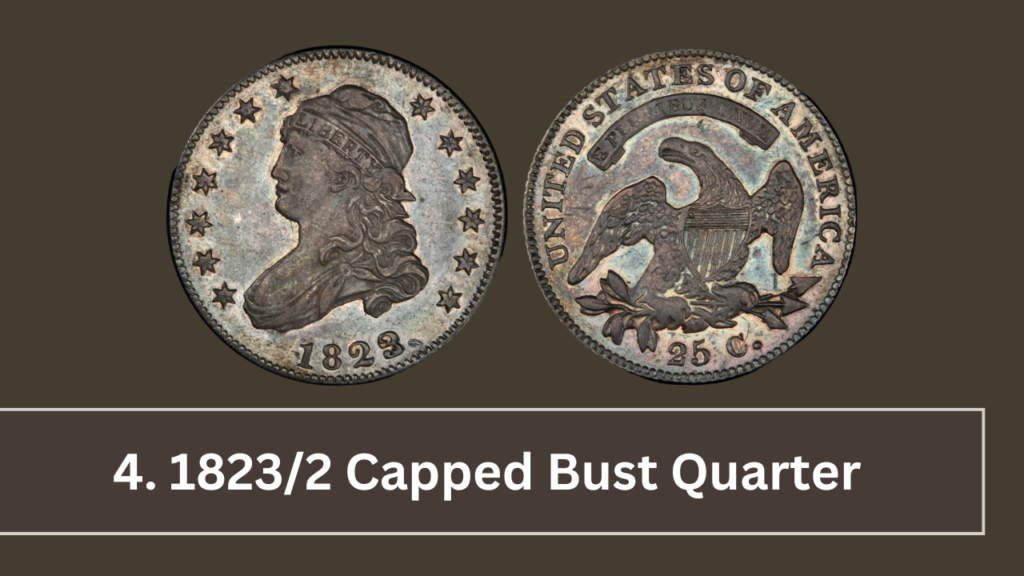
The 1823/2 Capped Bust Quarter is a very interesting piece of early U.S. minting history. It is an extremely rare coin with a mistake known as an overdate error – the die had a number “3” stamped over a “2” and was part of the usual cost-saving measures in early 19th-century U.S. coinage production, in which dies were expensive.
Why Is This Coin Important?
This quarter has several things going for it:
- Historical Background: It was at such a time when America grew so fast that the country still needed to establish its monetary system.
- Storytelling: Every surviving coin has a story of early American trade and craftsmanship.
- Numismatic Value: Professional coin specialists evaluate these quarters between $97,000 and $165,000 according to the coin’s condition. That price point reflects the more comprehensive study of currency, such as coins, tokens, paper money, and related objects known as numismatics.
What Makes This Coin Valuable?
More than just any other currency, the 1823/2 Capped Bust Quarter represents a direct connection to America’s past. In the field of numismatics, it’s highly prized as a tangible relic of that past. Even in value, it stands similar to the 1795 Flowing Hair Half Dollar, a coin carrying numismatic value but tremendous historical significance as well.
5. 1796 Draped Bust Quarter
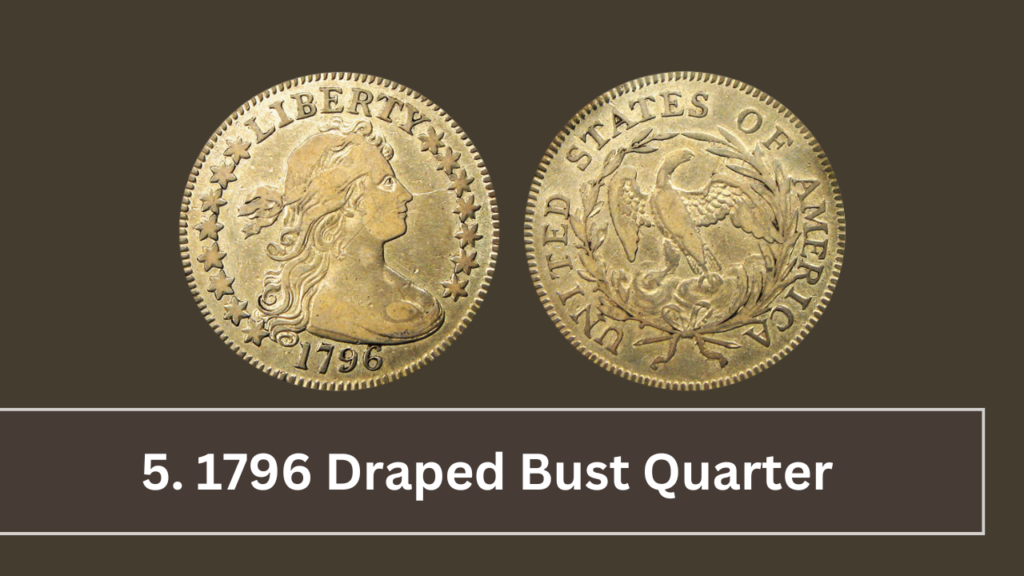
The 1796 Draped Bust Quarter is one of the highly important coins to the American coin history. It is considered as one of the earliest quarters issued in the United States, with a total of only 6,146 coins minted in the Philadelphia Mint.
Design and Production
Designed by Robert Scot, this coin carries Lady Liberty with long flowing hair on the front side. The smaller version of this has been placed in the rear end. These quarters do not exist a lot now due to the reason that this time was the phase in which Mint used most of its production to larger denominations of coins.
Current Market Prices
Value- According to condition of quarter in 1796 for this Draped Bust
- Good or G – 4 condition $ 100,000 +
- VF -20 $200,000+
- Mint condition MS 60+$ 400,000
This coin is available in mint state (MS-65) and could sell for more than $1 million at auction.
Significance to Collectors
It also is America’s first quarter dollar and is historically extremely important. It is an extreme rarity, so serious collectors and investors in the numismatic market seek this one out.
6. 1916 Standing Liberty Quarter

This 1916 Standing Liberty Quarter is one of the finest designs from American coins. The quarter was sculpted by Hermon MacNeil. Lady Liberty stands between two pillars holding a shield in her left hand and an olive branch in her right-hand side – a symbol of protection and peace.
Why It’s Valuable:
- Limited Mintage: Only 52,000 pieces were minted, making it one of the rarest coins in U.S. history.
- First Year of Issue: This was the original design that later in 1917 became modified based on public outcry.
- Rarity of Higher Grade Specimen: Such coins are quite rare.
- Collector Demand: Type collectors are actively collecting this coin to complete a set.
Mint-state pieces sold for considerably more than $100,000 and fine pieces sell for more than $200,000 in auction. The rarity along with its historical significance and artistic merits guarantee that a market in it is assured by willing collectors eager to collect this part of the great American numismatic history.
Factors Influencing Coin Value
Rarity
The second factor used to determine the value of a coin is rarity. The scarcer a coin is, the more valuable it tends to be. Highly sought-after coins often have limited mintage numbers or were only minted for a short period of time.
For example, such a Standing Liberty Quarter as 1916 is made so rare with only 52,000 coins produced to begin with.
Historical Significance
Coins that were part of historical events do usually bring higher prices in market sales. Collectors are mostly willing to pay a good amount of money for these coins to commemorate the important personalities or events in history.
Examples of historically significant coins include:
- The Bicentennial Quarter, the coin marking the 200th anniversary of American independence
- The 1943 Copper Wheat Penny, a very unique coin because it was produced during World War II, when the U.S. government needed pennies for various purposes and decided to mint pennies out of copper instead of zinc-coated steel
Condition
The value of a coin also greatly depends on its condition. Coin grading is based on physical condition; the higher the grade, the better preserved the coin.
Rare Coin Grading Scale:
- Mint State (MS-70 to MS-60): Almost perfect, with very minor wear
- About Uncirculated (AU-58 to AU-50): Slight wear on high points
- Extremely Fine (EF-45 to EF-40): Light wear; features well defined
- Very Fine (VF-35 to VF-20): Wear is evident
- Fine (F-12): The main features are clear with heavy wear
Professional coin grading services assign coins such grades. Typically, coins graded as mint condition sell at the highest prices.
These factors – rarity, historical significance, and condition – are taken into account by collectors to have a better understanding of what makes coins valuable in the market.
Conclusion
Your pocket change may surprise you. The $677,777 Bicentennial Quarter shows that wonderful finds do exist – even for modern coins. Take the time to study your collection, paying attention to mint marks, dates, and other unusual characteristics that could make a piece valuable.
Numismatics is just beyond a coin treasure hunt for money; each unusual coin has stories about America-the early Draped Bust Quarters, from the great patriotism of Bicentennial designs. These artefacts keep telling moments at specific instances during the whole history when a nation manufactures something using metals, keeps track with an economy transformation, or artistically brings change. This is indeed one-of-its-kinds stuff you can pursue for all coin-hunters.
You can look up variations in coins or errors recognized: Join community collector programs. Consider professional-grade work. You can consider writing on coins you get.
The world of collectible quarters and rare coins awaits. That next handful of change could contain a piece of history worth preserving–or even a small fortune.
FAQs
What is the significance of the $677,777 Bicentennial Quarter?
$677,777 Bicentennial Quarter-Dollar-the rarest of a rare type of coin, of great attention in the numismatic world as it was minted with an unusual type of error. This quarter, minted in 1976, with no mint mark, is truly highly collected, as it is one of the rarest and expensive.
What factors contribute to the high value of rare coins like the Bicentennial Quarter?
The value of rare coins is determined by factors like scarcity, historical value, and condition. Errors made at the minting stage may sometimes be a determining factor that boosts the value of the coin, such as with the Bicentennial Quarter. Professional grading organizations also determine the market price for coins.
Can you name some other coins worth over $87,777?
Yes, apart from the $677,777 Bicentennial Quarter, there are many more valuable coins, including 1932-S Washington Quarter, 1943 Copper Wheat Penny, 1950-D/S Overmintmark Quarter, 1823/2 Capped Bust Quarter, 1796 Draped Bust Quarter, and 1916 Standing Liberty Quarter. All these coins have respective peculiarities that have facilitated making them very costly in the market.
What is a minting error and how does it affect coin value?
A mint error is an error made on the production line and these can sometimes vary to collect more and therefore are often more valuable. The lack of a mint mark on Bicentennial Quarter falls under the broad definition as a minting error since it makes this coin really more desirable in the view of collectors.
